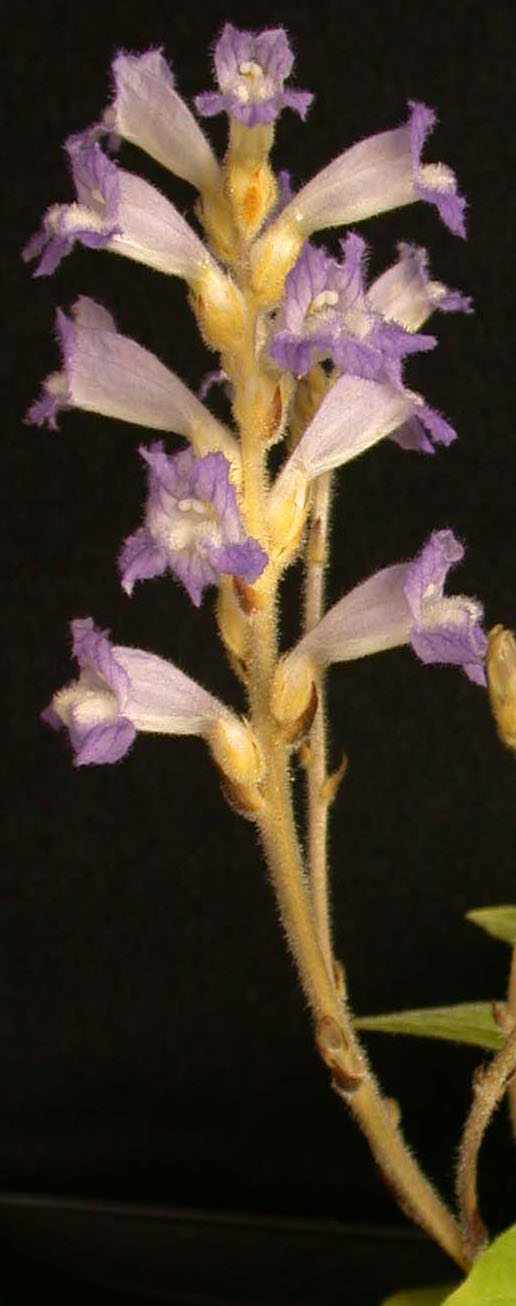Project Goals:
The overall goal of the Parasitic Plant Genome Project (PPGP) is to carry out the comparative functional genomic analysis of parasitic plants in order to discover the genome-wide changes that led to the establishment of the parasitic lifestyle and the changes that resulted as a consequence of adoption of the parasitic life-style.
In this project we lay the ground-work for this analysis by comparing the transcriptomes of parasitic genera from Orobanchaceae (Triphysaria, Striga, and Orobanche) and two closely related non-parasites (Lindenbergia philippensis, Orobancheae, and Mimulus; currently being sequenced under an independent project - http://www.mimulusevolution.org). These plant species are evolutionarily related yet span the range of parasitic ability from free-living to completely heterotrophic parasite.
We will sequence developmental stage-specific cDNAs from Triphysaria versicolor, Striga hermonthica, and Orobanche aegyptiaca with the goal of obtaining a thorough sampling of EST sequences from each parasite species. The key feature of parasitism is the haustorium, a unique organ that forms the physical and physiological bridge between host and parasite. Because of the central role of the haustorium in parasitism, we will focus sequencing efforts on the developmental stages from haustorial initiation through full establishment of the parasite on the host.

Triphysaria

Striga

Orobanche